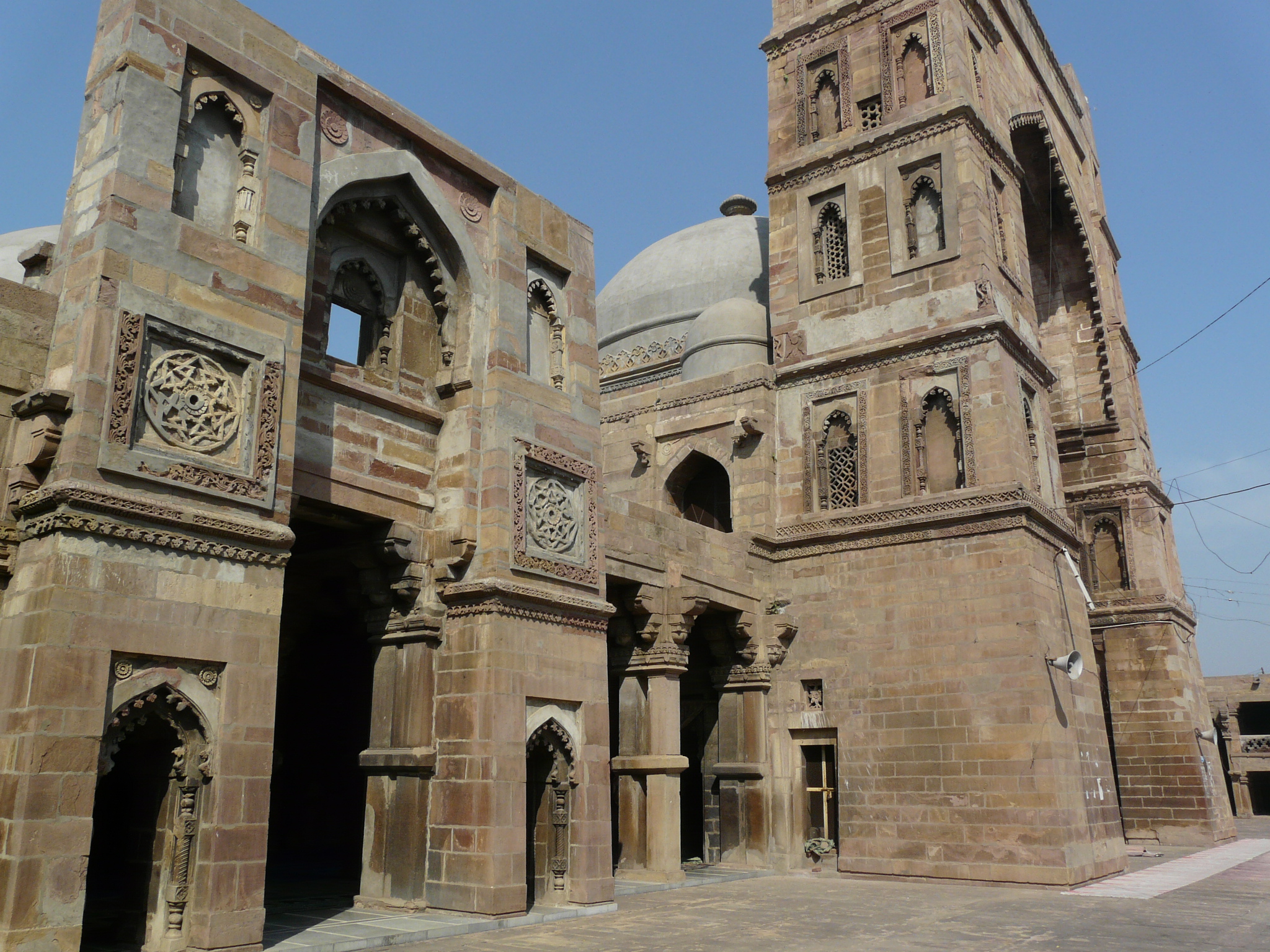Atala Devi Temple Jaunpur
Author: Nayandeep
Imagine an age where worshiping one’s deities is forbidden and is punishable by the law. Those that rule will pay no heed to your cries of anguish as they are the ones who have enacted and enforced such draconian laws upon you and your lot. Pillage and destruction were common and the very existence of Hindus was an anathema to the Islamic ruling disposition. Imagine a nightmare which continued for decades non stop.
Hard to imagine, rightly so especially to a generation that is far cut off from it’s past and a good availability of internet and the ease of living has made such a life hard to imagine, but again those that don’t learn from the past are made to repeat that past, Kashmir being the latest reminder.
The hardships that you just read in the start of this piece were faced by the Hindus of Jaunpur.
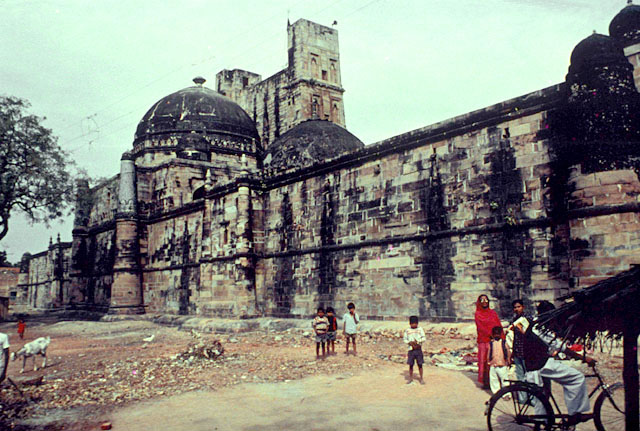
The famous shrine of Goddess Atala Devi, the wish fulfilling Goddess whose grand temple stood in all its glory, whose construction was done by the Rajput King Raja Vijay Chandra of the Kingdom of Kannauj was destroyed in 1364 AD by the brother of Sultan, Ibrahim Naib Barbak. He constructed Jhanjhari masjid nearby in honor of Hazrat Ajmali after he had fulfilled his religious fervor by the destruction of the temple. What he started was completed by 1408 AD by the Sultan Ibrahim who converted the remnants of the Atala Devi temple to a full fledged mosque.
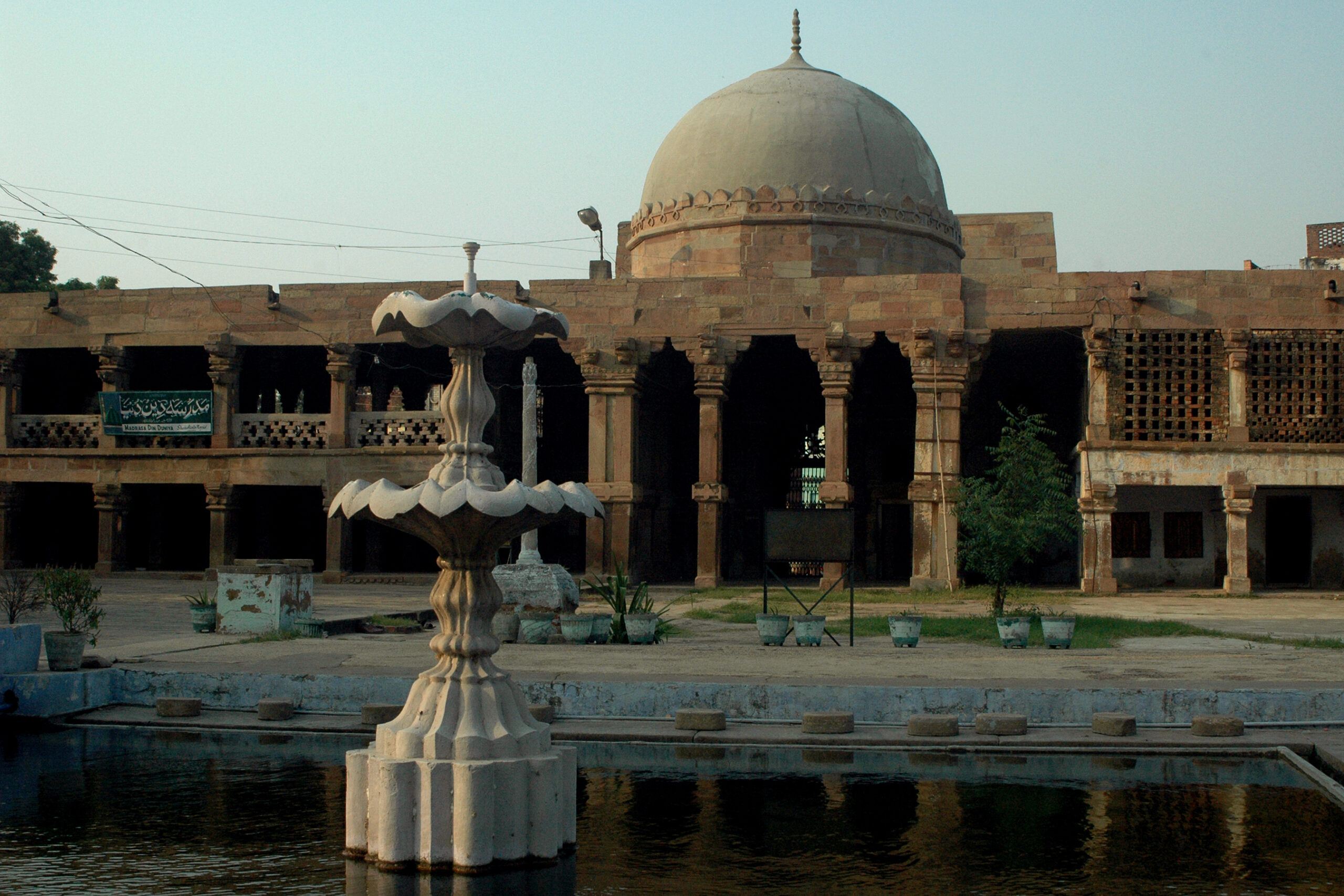
Khair ud Dins history of Jaunpur clearly states and further informs the reader that Hindus were made to vacate their home and professors of the Islamic faith were given those houses, while the Hindus were made to live on the peripheral villages just outside the city.
A simple observation with an unbiased mind one can easily see the inner pillars along with the inner walls of the masjid have deep Hindu architecture.
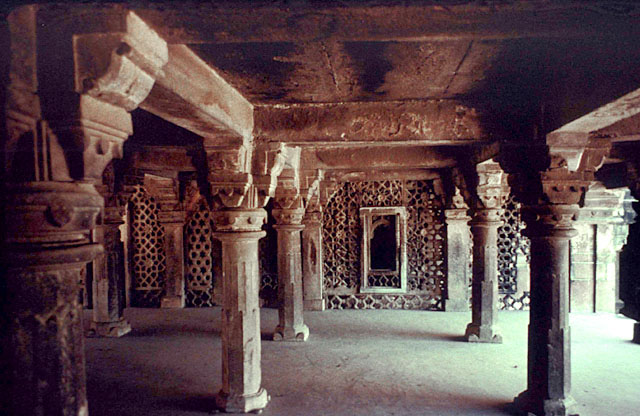
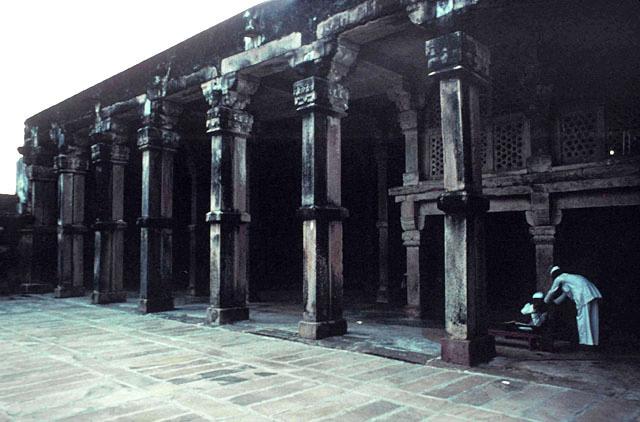
H.E Nevil the then District Commissioner of Jaunpur had written in the Gazette of Jaunpur dated 1908, the destruction of the Atala Devi temple by the brother of the Sultan called Ibrahim Naib.
The very Goddess for whose one glimpse thousands used to wait with folded hands is now waiting for hundreds of years and counting, to be reclaimed.
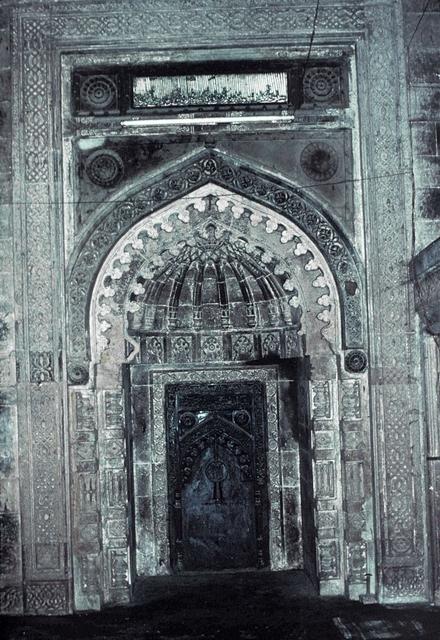
A part of collective Hindu civilization awaits its reclamation and for the past wrong to be righted. Her hope’s are from a society which watches yet waits, from a judiciary which sees and sermonizes and the political dispensation which measures things from the point of view of one election to another.
A few lines might tell the state of the Hindu nation.
Arise of Goddess arise for your children are waiting for you but in the digital world.
Let not your hope be from those to whom power be the only thing that is to be concerned.
Trying to connect imaginary bridges that have long been burned.
Arise o Goddess for a day will come when your children’s blood will stir and in there hands will be the key to correct the past and to set your temple free.

